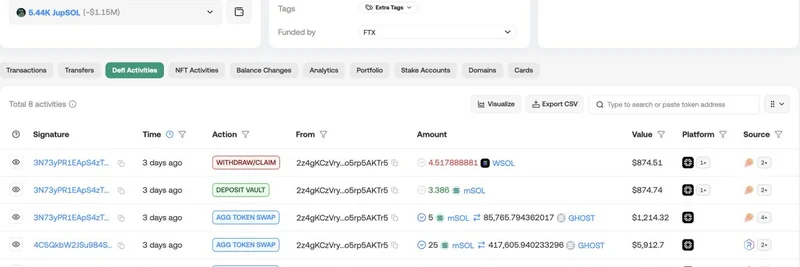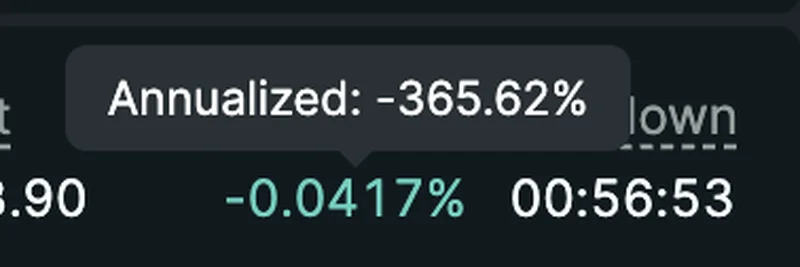Hey there, crypto enthusiasts! If you’ve been scrolling through X lately, you might have stumbled upon a fascinating post by Nick White (@nickwh8te) from July 7, 2025. In this tweet, Nick claims to have solved something called "IBRL" with a clever approach: Increase Bandwidth = scale DA and Reduce Latency = single sequencer rollups. Sounds intriguing, right? Let’s break it down together and explore what this means for the future of blockchain technology, especially with the context of his earlier posts about Celestia and the evolution of decentralized apps.
What is IBRL, Anyway?
First things first—IBRL isn’t a widely recognized acronym in the crypto world (yet!). Based on the context and related web info, it could stand for something like "Intelligent Blockchain Resource Layer" or a similar framework, possibly tied to projects like the AI agent framework on Solana mentioned on solanacompass.com. Nick’s solution hints at optimizing blockchain performance, which aligns with cutting-edge developments in decentralized tech. For now, let’s treat IBRL as a placeholder for a blockchain scalability challenge he’s tackling.
The Solution: Scaling with Bandwidth and Latency
Nick’s tweet is concise but packed with meaning. Here’s what he’s suggesting:
Increase Bandwidth = Scale DA: "DA" likely refers to Data Availability, a critical component in modular blockchains like Celestia, which Nick has championed in the past. By scaling Data Availability, you ensure that more transaction data can be stored and accessed efficiently, boosting the network’s capacity. Think of it like upgrading the internet speed for a website—more bandwidth means more users can join without slowdowns.
Reduce Latency = Single Sequencer Rollups: Latency is the delay between submitting a transaction and seeing it confirmed on the blockchain. Rollups are Layer 2 solutions that bundle transactions off-chain before recording them on the main chain (like Ethereum). A "single sequencer" rollup means one node orders these transactions, streamlining the process. According to en.cryptonomist.ch, this can speed things up but comes with trade-offs like centralization risks. Nick’s idea seems to balance efficiency with practicality.
Connecting the Dots with Celestia and Modular Blockchain
If you dig into Nick’s thread, you’ll see an old slide from when Celestia was called LazyLedger, comparing the evolution of the web to decentralized apps. The image below illustrates this journey:
This slide shows how the web moved from individual servers to shared virtual machines (thanks to AWS), while decentralized apps (dApps) are shifting from monolithic blockchains to modular systems. Celestia, dubbed the "AWS for web3," separates consensus, execution, and data availability, making it easier to scale. Nick’s IBRL solution fits perfectly here—scaling Data Availability and using single sequencer rollups could be a game-changer for Celestia-based projects.
Why This Matters for Meme Tokens and Beyond
At meme-insider.com, we’re all about keeping you updated on meme tokens and blockchain trends. While IBRL might not directly mention meme coins, the tech behind it could turbocharge their ecosystems. Imagine faster, cheaper transactions for meme token swaps or NFT drops—modular blockchains like Celestia could make this a reality. Plus, with Nick predicting a "modular comeback" in his thread, we might see more projects adopting this approach, driving innovation in the space.
The Bigger Picture
Nick’s tweet isn’t just a brag—it’s a peek into the future of blockchain scaling. By tackling bandwidth and latency, he’s addressing pain points like network congestion (as noted on 101blockchains.com), which slows down public blockchains. His work with Celestia and rollups could pave the way for a more efficient web3, where dApps run smoothly and users don’t face delays. And hey, if he’s right about the pendulum swinging back to modular systems, we’re in for an exciting ride!
Final Thoughts
Nick White’s IBRL solution is a bold step toward solving blockchain scalability, blending increased bandwidth via Data Availability with reduced latency through single sequencer rollups. Whether you’re a developer building on Celestia or a meme token enthusiast, this insight offers a glimpse into the next wave of decentralized tech. What do you think—will modular blockchains dominate the future? Drop your thoughts in the comments, and stay tuned to meme-insider.com for more updates!




